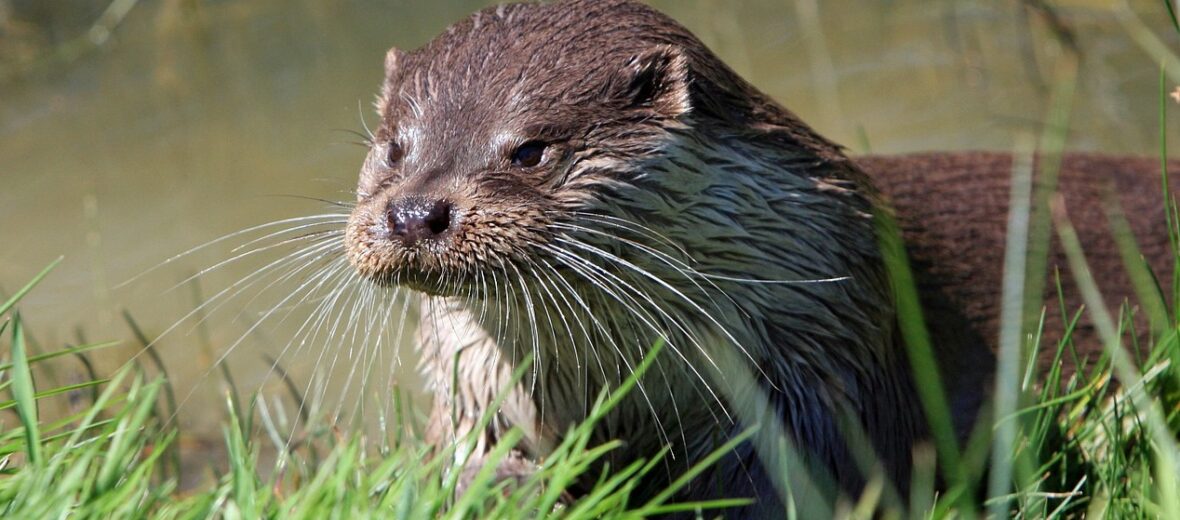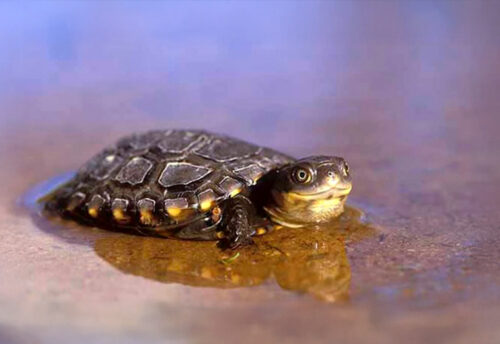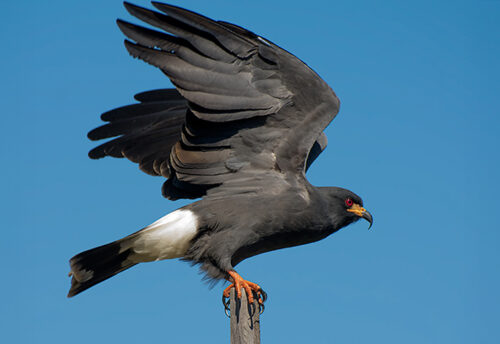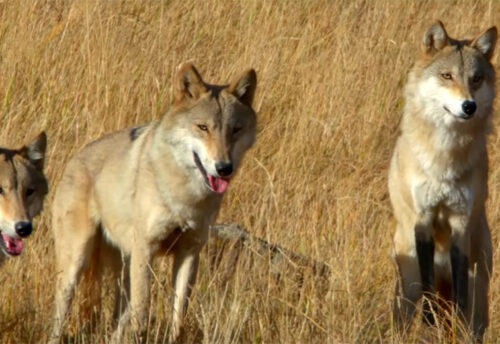
The North American river otter, aka Canadian otter, is found in North America from Canada and Alaska to the Rio Grande. They steer clear of arid deserts and treeless Arctic regions. These otters prefer riparian zones and can be found in the same locations as beavers. They can live around both marine and fresh water ponds, lakes, rivers, streams, and marshes. These cute critters are relatives of weasels, stoats, mink, wolverines, and badgers. Like all Mustelids, they have scent glands that they use to mark their territory. North American river otters are listed as Least Concern by the IUCN.
First the Stats…
Scientific name: Lontra canadensis
Weight: Up to 18 lbs.
Length: Up to 2.2 feet
Lifespan: Up to 21 years
Now on to the Facts!
1.) These otters have a large amount of vocalizations, including: chirps, whistles, twitters, buzzes, chuckles, and growls.
2.) River otters can hold their breath underwater for up to 8 minutes!
3.) Otters prey on fish, crustaceans, amphibians, snakes, snails, worms, water insects, small mammals, birds, eggs, frogs, turtles, and aquatic invertebrates.
4.) Their primary predators are: coyotes, bobcats, lynx, wolves, mountain lions, black bears, as well as domestic dogs.
5.) They also face mortality at the hands of illegal shooting, trapping, vehicles, and accidental captures.
But wait, there’s more on the North American river otter!
6.) Like house cats, they always wash themselves after every meal.
7.) North American river otters are able to dive up to 60 feet!
Did you know…?
The otter is the biggest member of the weasel family.
8.) Females can undergo delayed implantation. This is where the male mates with the female but she doesn’t actually start gestating (become pregnant) for months later. When the conditions are optimal, she will birth up to 6 pups.
9.) A group of otters is called a family, romp, pod, bevy, or raft.
10.) They are predominantly crepuscular (active at dawn and dusk) but they become diurnal (active during the day) during the winter months.
But wait, there’s still more on the North American river otter!
11.) These otters are polygynous (males mate with several females).
12.) North American otters are smart and very playful. They engage in activities like mud & snow sliding, water play, and digging through snow.
13.) Due to their fast metabolisms, they seem to have the energy of an Energizer bunny.
14.) River otters have incredibly dense fur. Up to 850,000 hairs per inch!
15.) North American otter moms will catch and release prey to teach her pups how to hunt.
Now a Short North American Otter Video!
Also, check out the Critter Science YouTube channel. Videos added frequently!
Want to suggest a critter for me to write about? Let me know here.



